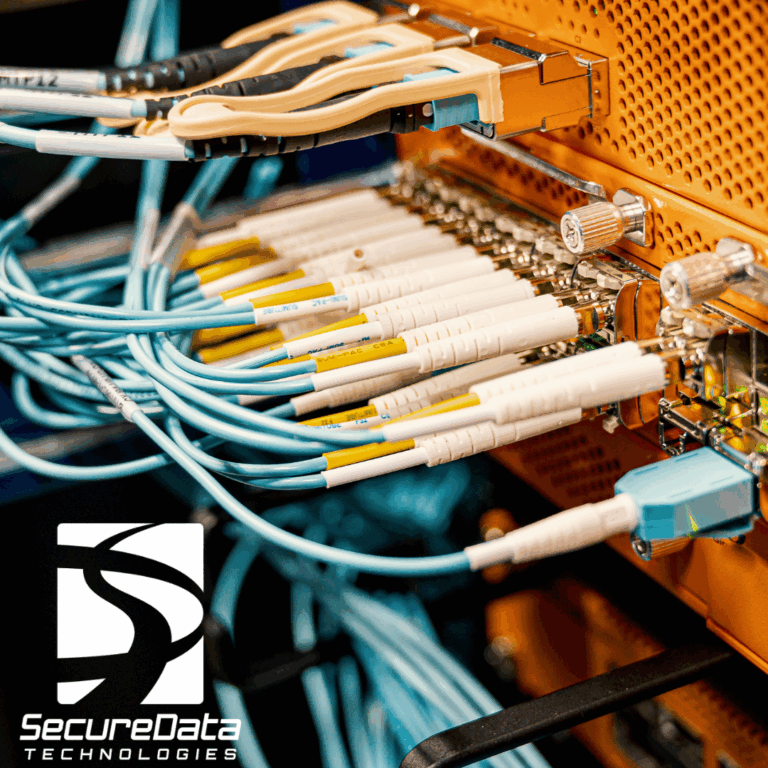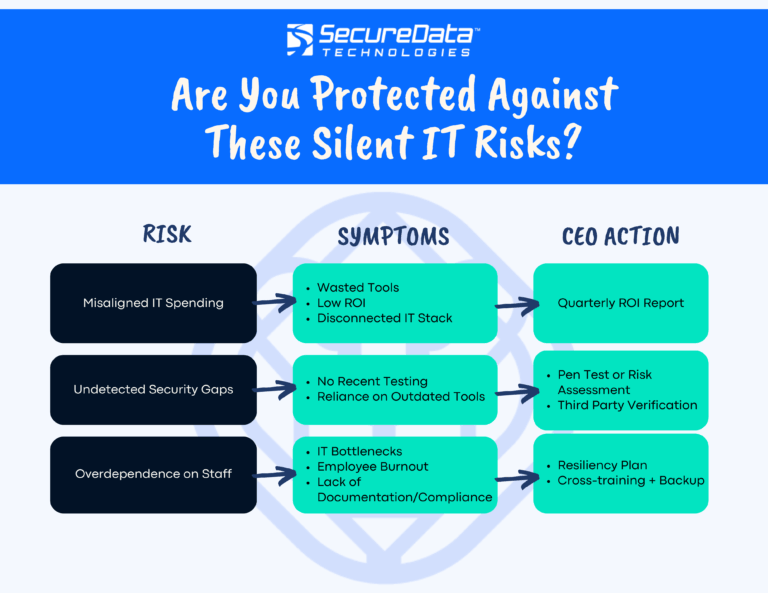What’s the Difference Between Help Desk and Managed Services?

The difference between managed services and help desks can be a confusing one to follow. A natural pit to fall into is to call them both the same, which is incorrect. While both offer the similar services, the way in which each focus on their IT specialties is very different. So, what is the difference between managed services and help desks?
What is a Help Desk?
Help desks are IT-centric, focusing on the devices that break and repairing after the fact. When something doesn’t work, a human alerts a help desk technician who then swoops in for a repair. We often refer to this as a break-fix model. Another type of help desk is called a service desk. These are IT-Service-Centric and offer other types of services, such as service requests and information. Both are necessarily the same thing with different IT focuses and are dependent on a person detecting an issue or having a problem and asking for help.
Help desks generally serve as the first point of contact for the customers. It’s why they are called first-level support. Help desks most often perform remote troubleshooting, find the best solution based on the issue, and walk customers through the problem-solving process.
What is Managed Services?
The textbook definition of managed services is ‘outsourcing the responsibility for maintaining and anticipating a range of functions to improve operations and cut expenses.’ In simple terms, managed services are IT management as a service.
Companies can request their Managed Service provider to work regular office hours or 24/7 depending on the agreement. During the time they are scheduled, they work non-stop to keep your office protected. There is no need to wait until something breaks to fix it.
Managed services monitor your IT environment for anything that could potentially harm your company. They typically work behind the scenes to find and fix the problems before the customer even knows they exist. If something does slip past, they also accept tickets to help customers with troubleshooting and problem-solving. They can include monitoring services, engineering, and personnel support and should include Service Level Agreements that outline support terms and response times to ensure your
What is the Difference?
The most significant difference between a help desk and managed services is the way they react to a problem. Specifically, do they respond proactively or reactively? A help desk responds reactively, coming in to help you with a problem after it has occurred. If you have issues with a computer, a failed backup, or a crashed server, your help desk will help after the problem has been brought to their attention. They are only able to help during office hours, which sometimes pushes the support off until the next morning.
Managed services, on the other hand, work on a proactive basis. They typically know about a problem before you do, and work to fix it before a small issue becomes a veritable wildfire. More than that, they monitor and change your IT systems to ensure that nothing goes wrong in the first place. While managed service contracts can include help desk services, they’re typically aimed at keeping IT systems and infrastructure running at peak efficiency and prevent the break.
Managed services and help desk support both aim to assist their customers in the best way they can. With help desks working on a reactive schedule and managed services operating on a proactive schedule, it all depends on what the customer needs. A smaller company may require the ease and support of the help desk as they don’t have the personnel on staff for support requests. A larger company may have too many devices to monitor themselves and not enough engineering knowledge and require the managed services to change what needs to be fixed. Whatever the customer wants, there is always a fix available.


